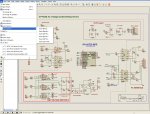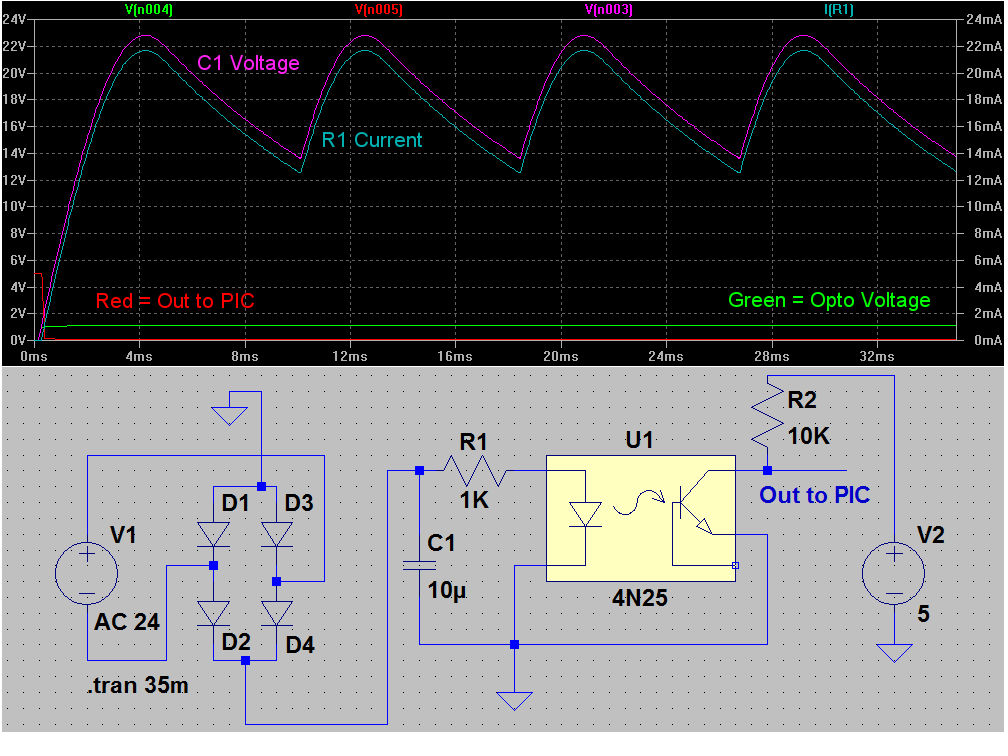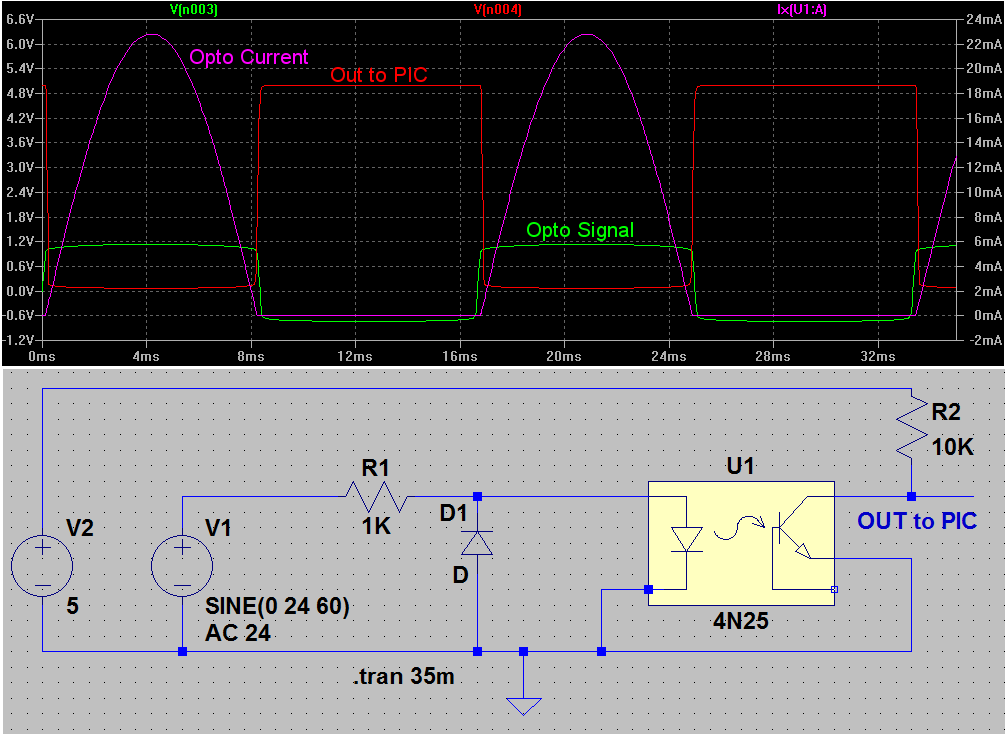Oooh Evil Genius, you've lived up to your name

You've finally got a solution the PICAXE collective brain and then used a competitor - that's Evil Genius!
But maybe you should have kept quiet about your Ardweeny?
Perhaps a real Genius wouldn't have mentioned it - with future design projects in mind.
Some PICAXErs may think twice about helping you in future...
But I won't tell anyone, youre secret is safe. Happy Christmas
Ron. Thanks, but no need to do it just for me. I was only kidding about feeling left out, and I know it works as I've done it before - albeit with an AC opto. There were several methods to do this project and I reckon all were comprehensively covered, so well done to all.





